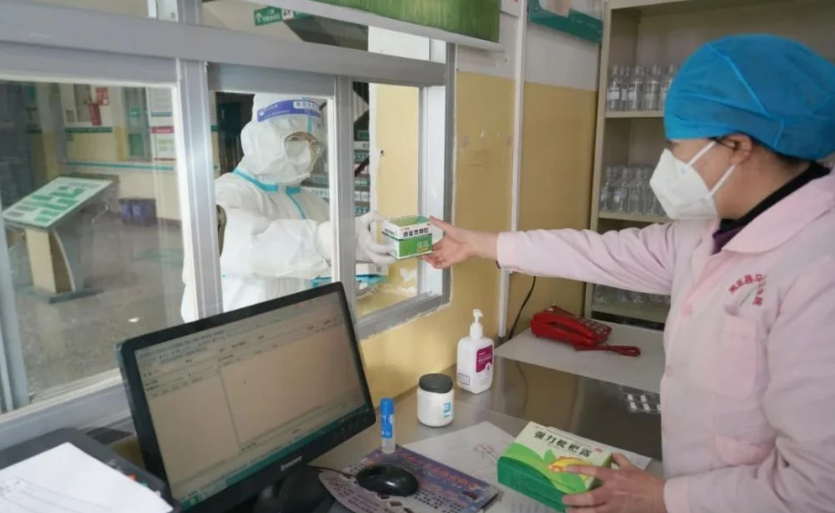
Lack of drugs, queues for infusions, rural infection treatment under the epidemic’s big test
“Around the beginning to mid-December, 90% of the people in the village were infected and had symptoms, mostly vomiting, high fever all over the body in a sore state.” Mr. Li, a villager from Dabei Township, Shunping County, Baoding City, Hebei Province, told reporters that the good news is that most of them have recovered so far.
However, for villagers in Lead Hill County, Shangrao City, Jiangxi Province, which is at the junction of Gan, Min and Zhejiang Provinces, the wave of the epidemic has just begun. Ms. Liu, a villager from Xin Tan Township, Leadville County, told reporters that infected people have also appeared in the village one after another since last week. “First, the next-door neighbor’s family has been infected, and this week their own family members have been infected one after another, and the fever is very uncomfortable.”
According to the news on December 23, Jiangxi, by carrying out a new crown epidemic projection, predicts that the first wave of the epidemic will reach a peak of infection in early January 2023 and turn into a low-level epidemic in early March 2023, with the epidemic lasting for about three months, when the cumulative infection rate will be close to 80%.
Some cities have already experienced a wave of peak infections, but for rural areas, the pressure to prevent the epidemic from the Spring Festival homecoming wave may have just begun. Ma Chao told reporters, “There are about 3,600 people in our village, but only 1/3 of the villagers are permanent residents, and most of the young people are working outside. There is particular concern that the Spring Festival homecoming wave will bring a new wave of infection ‘peaks’.”
On December 21, at a press conference on the prevention and control of the new crown pneumonia epidemic in Anhui Province, Liu Zhirong, director of the Anhui Center for Disease Control and Prevention, said, “According to the law of transmission of the new crown virus and the calculation results of relevant models, the province is expected to see the first wave of the epidemic peak at the end of this month or early next month, mainly in urban areas. Along with the population movement before the Spring Festival, the epidemic will spread from urban areas to rural areas and will likely usher in a second wave of peak.”

Recently, in order to meet the demand of rural fever patients for medical treatment, fever clinics and fever clinics at the county, town and village levels in Zhouzhi County, Shaanxi Province, should be opened. The picture shows a nurse (left) picking up medicine for a patient at the pharmacy in Mazhao Town Central Health Center in Zhouzhi County, Shaanxi Province.
Now the most shortage of antipyretic and cold medicine
With the spread of the new crown, the problem of lack of medical care and medicine in rural areas has begun to emerge.
Bozhou City, Anhui Lixin County, a village health room doctor Ma Chao (a pseudonym) told reporters, “now the most shortage of drugs, before the policy adjustment, because the village health room can not receive patients with fever, so there is no stockpile of antipyretic, cold and flu medicine and other drugs, are now using some of the drugs that can replace, and full count can last about 10 days, like ibuprofen, even flowers to clear the distemper and so on The drugs are now simply not available.” And his village health room there are still people infected, the number of visits is too large, almost only with “disease” on duty.
The company’s main business is to provide a wide range of products and services to the public. Shortage of drugs need to be reported to the township health center for approval, but basically not approved.”
The township health center is also in the state of not enough people and not enough drugs. The staff of the township health center in Dabei Township, Shunping County, is also worried about the medicine, “from the beginning of December to the present state of shortage of drugs, only two or three kinds of drugs can be used, we need to apply for drugs through the “net mining”, but has not been successful. It can be said that the township health center now all injection drugs are not available, yesterday there are residents want to come to the injection, but the injection drugs have been short, it is impossible to play.”
The staff also told reporters that “the reason for the network picking is not successful may be more complex, on the one hand, the current lack of capacity, on the other hand, may be due to the township side of the population of each village is not much, a natural village population of 100 just above, adding up to the demand for drugs is a few hundred, there will not be too large, for small orders of distribution may not be too priority. “
“Previously, it was simply impossible to buy drugs like Lianhua Qingfei, clinics are using other drugs instead. Fortunately, the rate of disease and death in the village is not high. Now the villagers basically buy drugs online or work outside the children will send some drugs, send is able to send, but probably need at least half a month.” A villager said.
Village doctor Dr. Wang said, “We have also mobilized the children working outside to prepare drugs, for example, in the upcoming New Year’s Day holiday, Spring Festival holiday to bring back drugs to deal with the Spring Festival homecoming peak may bring a new peak of infection.”
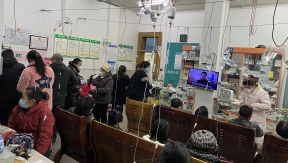
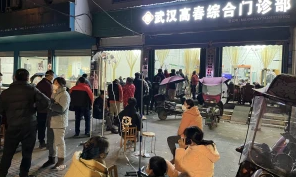
Lining up to choose infusion after infection
“In early December, my mother suddenly launched a high fever and felt weak. Due to the lack of antipyretic drugs at home, she went to the village clinic for an infusion early the next morning, thinking that antipyretic drugs are not good to buy and slow to work.” Mr. Li, a villager from Dabei Township, Shunping County, Baoding City, Hebei Province, told the Health Times.
In addition to the lack of antipyretic drugs, once the new crown infection, infusion is also the choice of many villagers, in a number of rural clinics, infusion and even a long queue.
Zhang Wei (a pseudonym), a village doctor in a village health room in Chengwu County, Heze City, Shandong Province, told reporters, “Around mid-December, after a part of our village people who went to work returned home, the fever was particularly high, and the patients who came to the village health room every day increased from more than ten people a day to seventy or eighty people, the most day there were more than a hundred people, the line of infusions discharged more than 20 meters. “
Zhang Wei said, “Before the village health room cold and fever drug reserves are not much, many common drugs only a few boxes of reserves, a shortage of resources, and to see many of the more serious symptoms of the elderly, as a last resort to infusion.”
A villager in Leadville County, Jiangxi, told reporters that many people in the village have recently been infected, and at the entrance of many private clinics, the line for infusion is very long, “sometimes for several hours, and everyone says that infusion gets better fast!”
“At present so many rural patients choose infusion, with everyone’s inherent concept of medical care and grassroots medical conditions lead to.” Qi Wensheng, director of the emergency department of Guang’anmen Hospital of the Chinese Academy of Traditional Chinese Medicine, said in an interview with reporters on December 27 that the infusion is mainly some saline, glucose or antibiotics,saline or glucose injection is generally the solvent for other intravenous drugs, in addition to replenishing fluids, electrolytes and energy, does not have other pharmacological effects; and the new crown infection is a viral infection, antibiotics are effective for bacteria, and for Viral infection is completely ineffective, viral infection requires antiviral drugs, clinical treatment of new crown commonly used drugs are mostly oral antiviral drugs, so it is recommended that patients prefer oral medication.
Qi Wensheng said that in clinical practice, only when the condition is particularly serious and requires rescue treatment, such as high fever and dehydration, the emergence of comorbidities or the presence of obvious swallowing difficulties, vomiting and other conditions, the patient will be considered for infusion. At the same time, Qi Wensheng stressed that “the operation of intravenous infusion is demanding, and if the operation is not rigorous, it is easy to have allergic reactions, infusion reactions or secondary infections. And for heart failure, elderly patients, due to the poor function of the heart, infusion is prone to induce the aggravation of heart failure.”
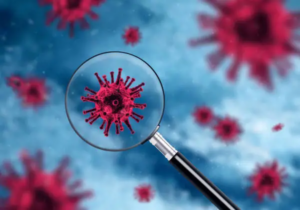
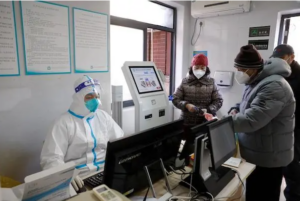
Average Rating